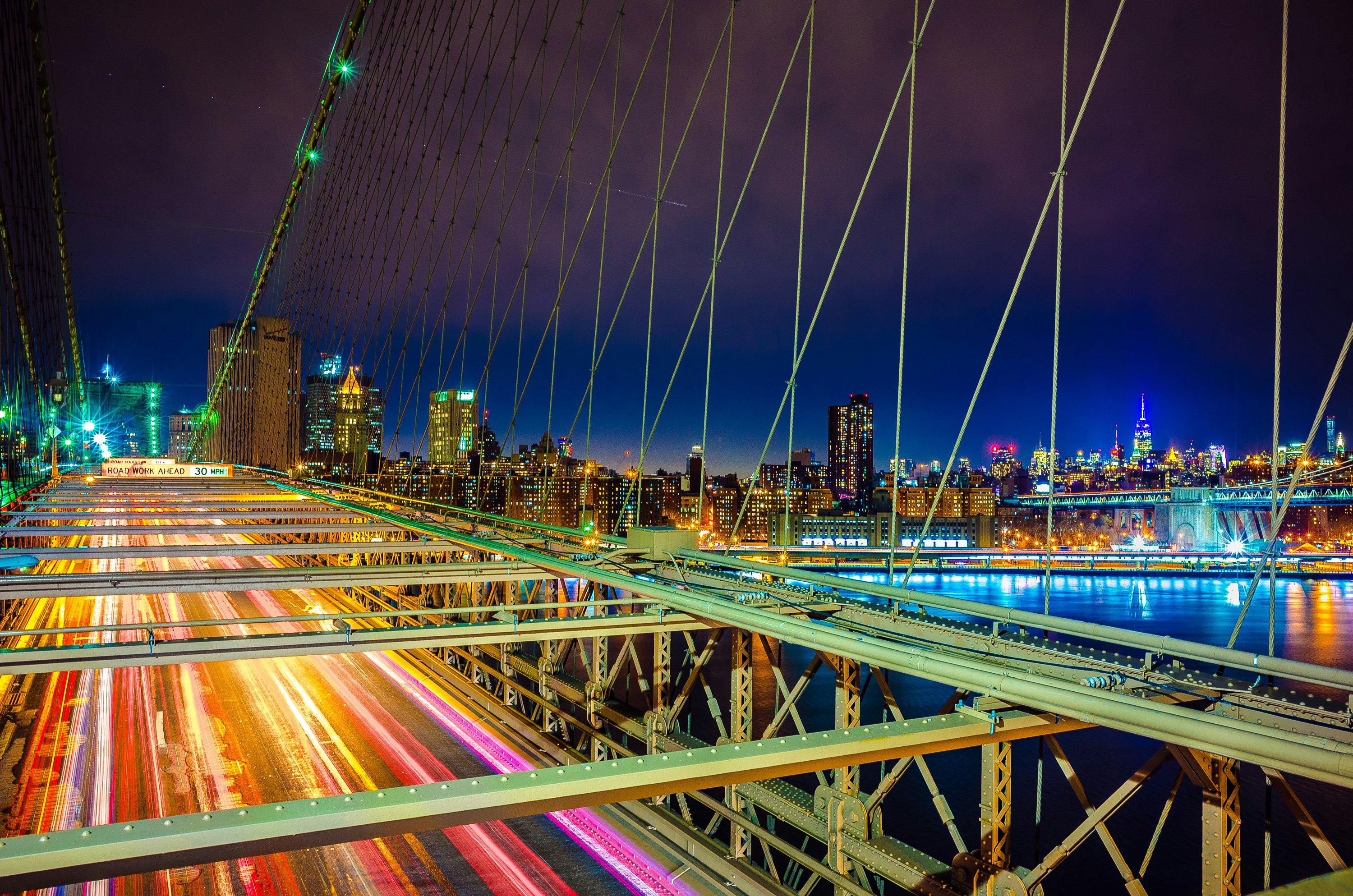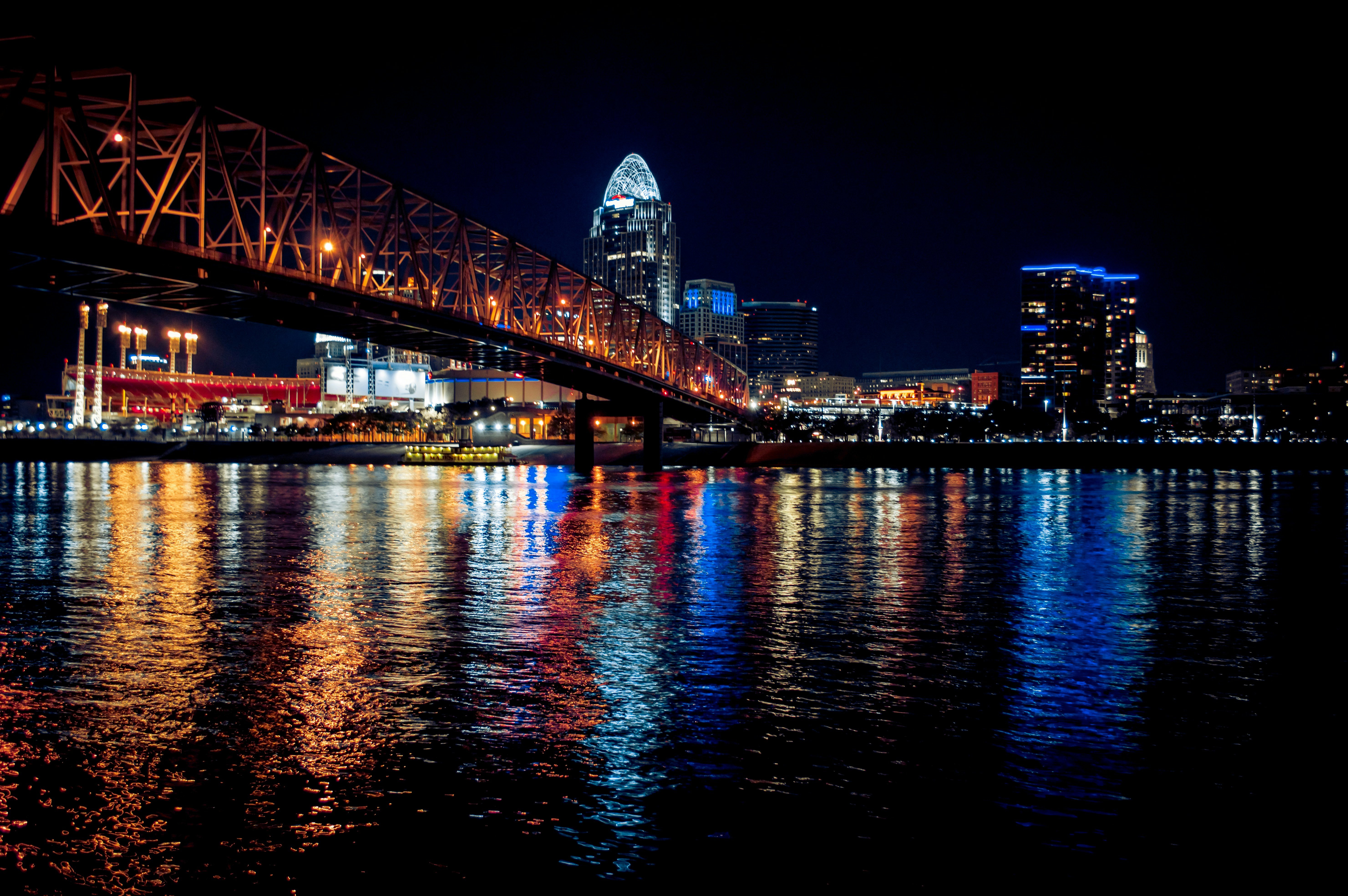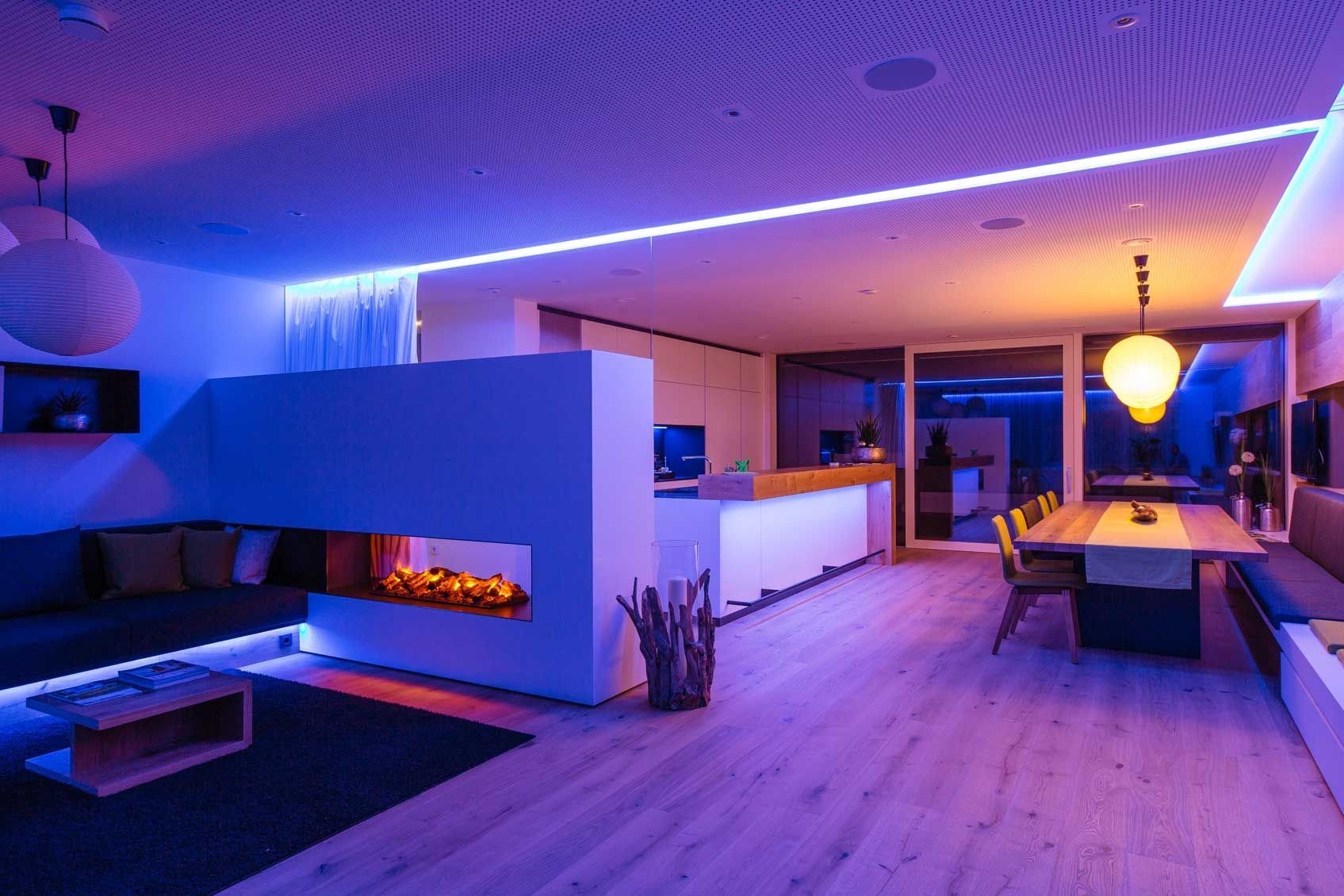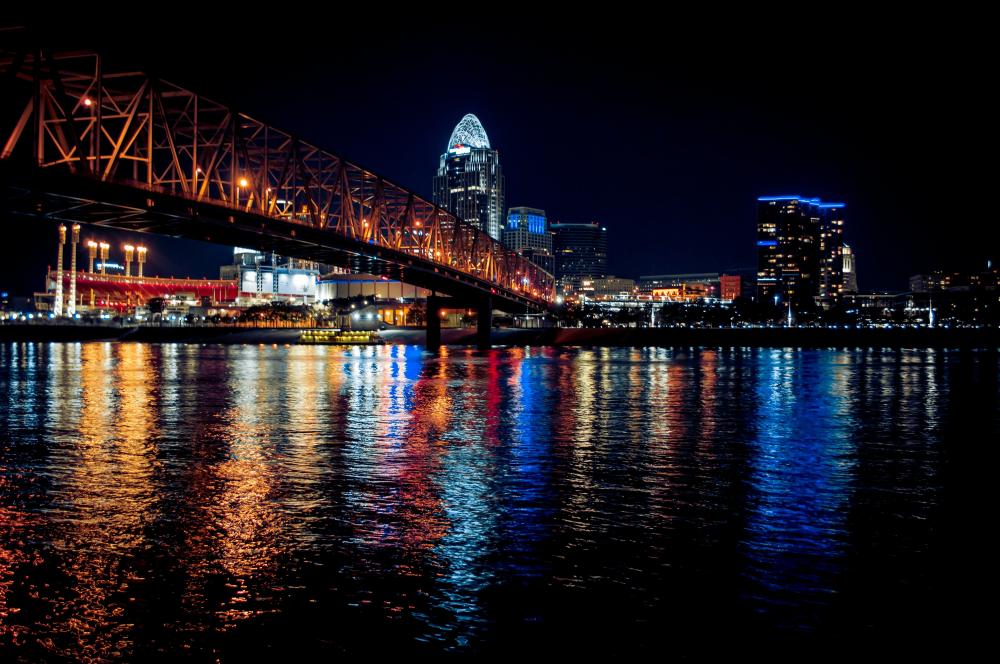
Lighting plays a vital role in interior design because it simply affects the space of the room. The correct distribution of lighting and choosing the appropriate colors for it gives a feeling of increasing the space of the place. As for the misuse of lighting, it affects the space of the place and gives us a feeling of narrowness of the room, as lighting is considered one of the basic elements that It supports interior decoration and enhances its effect, and this effect varies according to the chosen color and the size of the lighting source.

Lighting colors and their effect on decoration
Lighting colors are divided into white, yellow, and warm, and each type has a specific role. For example, white lighting gives you a feeling of coolness in the atmosphere, with spaciousness in the room.
As for yellow lighting, it makes a person feel warm, so it is not preferable to use it in hot areas or apartments that are not well ventilated because it makes the atmosphere hotter.
If the environment surrounding the place is cold, it is preferable to use yellow lighting to bring warmth to the souls of those present.
In the field of decoration , choosing the color of lighting is an essential part that cannot be forgotten. A comparison is made between cold and warm lighting to place them in the appropriate places in the house.
Although wall paint expresses the personality of the homeowners, everyone agrees that natural or artificial light is very important to show the beauty of these walls, or to hide their defects.
As for the type of colors used in it, they are as follows:
- Neutral colors such as white, grey.
- As for cold colors, they are blue, green, and their derivatives.
- In addition to the warm colors represented by red, yellow, orange and derivatives of each color.

Types of lighting used in interior decoration
- Functional lighting:
- This type depends on knowing the function of the place first before choosing its lighting. For example, public entertainment places need a lot of lighting and different colors in the place.
- While in the home, this lighting is used according to the function of the room or place, because each room has a specific use that necessitates the use of lighting suitable for its use.
- Overall lighting :
- It requires the use of many ceiling lamps, or those installed towards the top.
- This type is suitable in places that lack daylight or natural light.
- Poetic illumination:
- Its role is to add a romantic and comfortable touch to the place.
- This lighting is usually represented by lamps installed inside the tables, or on the walls, but at a consistent distance.
- This lighting supports the work of functional lighting, and the engineer avoided using many colors and lighting in the place, and it is considered a distinctive lighting trick.
- Diffuse light :
- While this type mixes shadows and light, the light spreads throughout most of the place, taking into account its contrast.
- This type of lighting depends on light diffusers that are made of transparent or semi-transparent materials, allowing light to travel through them and become more widespread.
- Directed lighting:
This lighting is used to illuminate a specific part of the room and not the rest.
It is represented by the reading lamp used in the office room, or the lampshades in the bedroom, which makes only part of the room light and the rest of the room dark.
This type clearly shows the contrast between the effect of shadow and the effect of light

Light degrees on the Kelvin scale
When purchasing lamps for a place, interior designers rely on the Kelvin scale shown on each package.
It is important to know that the color of the lighting controls the color of the paint. For example, if a wall painted white is exposed to the following lamps, its color will change, such as:
- A lamp with a temperature of 1000 to 2000 kelvin makes the white wall appear yellow.
- A lamp with a temperature of up to 3000 Kelvin shows the wall in a warm, grainy color.
- Then Neutral light comes in third place and its degree is 4000 kelvin.
- After them comes day light, or white, and its degree is between 5000 and 6000 Kelvin.
- At the end of the list, we find a lamp with a Kelvin temperature of about 7,000 degrees, showing the same white wall with a light blue color.
- From the above, we can get an idea of the ability of lighting to change the color of the room, and then change the paint colors according to the lamp used.

